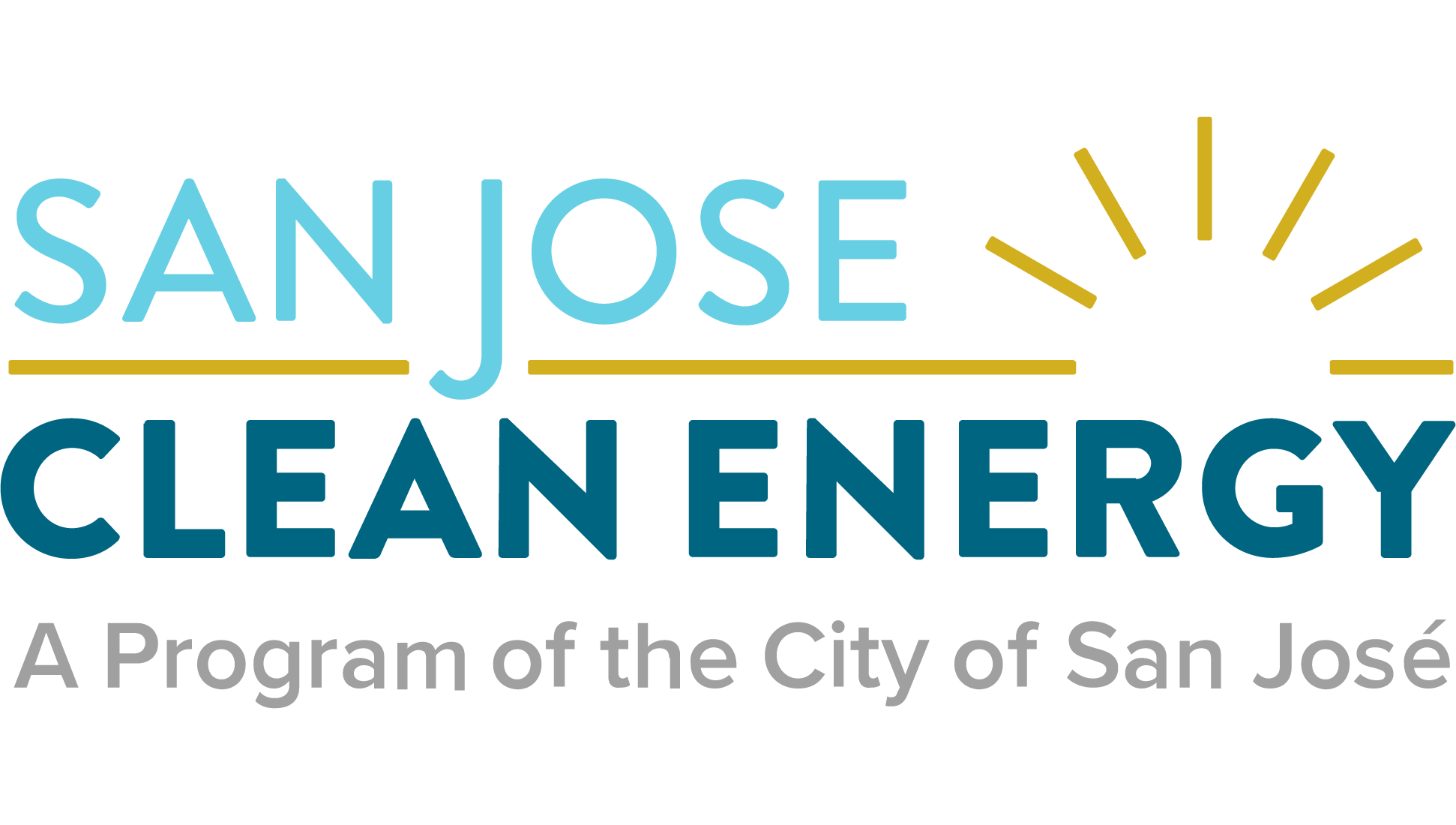Why Your Power May Go Out this Summer and How to Prepare
San José Clean Energy customers face three kinds of power outages: PG&E planned power shutoffs (or public safety power shutoffs (PSPS)); rolling outages; and shutoffs due to PG&E equipment failures.
PG&E planned power shutoffs are declared by PG&E to prevent their distribution and transmission line equipment from starting wildfires and are likely to occur when weather conditions are hot, dry, and windy.
The CPUC has identified the areas surrounding San José as elevated fire-threat, with some parts as extreme fire-threat. In October 2019, more than 20,000 San Jose residents were left without power due to PG&E’s planned power shutoffs, some for multiple days.
Rolling power outages are called by California’s state run, non-profit grid operator (CAISO) when the state’s power demand is within 3 percent of available supply. In August 2020, California experienced rolling power outages during a record-breaking heat wave. Rolling outages on subsequent days and over Labor Day weekend were prevented by Californians who lowered their usage from 3 p.m. to 10 p.m.
San José was not impacted by rolling outages on August 14 and 15, 2020, but more than 86,500 customers experienced outages due to PG&E equipment failures when their substations and distribution equipment were taxed by the high heat.
How to Prepare for PG&E Planned Power Shutoffs
All residents should sign up to receive power shutoff notifications from PG&E and make sure your contact information is up-to-date, especially if you or someone you care for relies on electricity for medical needs. Non-account holders can also sign up to receive alerts.
To prepare your household for multi-day power outages, create an emergency plan, practice it, and assemble an emergency supply kit.
Visit our PG&E Power Shutoffs page for additional guidance and information.
Battery storage
Backup battery storage provides a line of defense against planned and unplanned power shutoffs and can power vital equipment for vulnerable customers. Currently, lithium-ion batteries are the primary clean energy storage solution to power homes during power shutoffs on the market. When paired with rooftop solar, excess solar energy produced by solar panels can be stored for later use in batteries for backup of critical loads in homes.
You can find out more about other lower cost backup power options on our page.
The Silicon Valley Independent Living Center (SVILC) is a local disability justice organization. During PG&E power shutoffs, SVILC supports customers who rely on power to operate life-sustaining medical devices in the following ways:
-
- Disaster kits and training
- Portable battery rental program
- Emergency resources
- Help with Medical Baseline enrollment, a program for qualifying residents to receive lower energy rates




